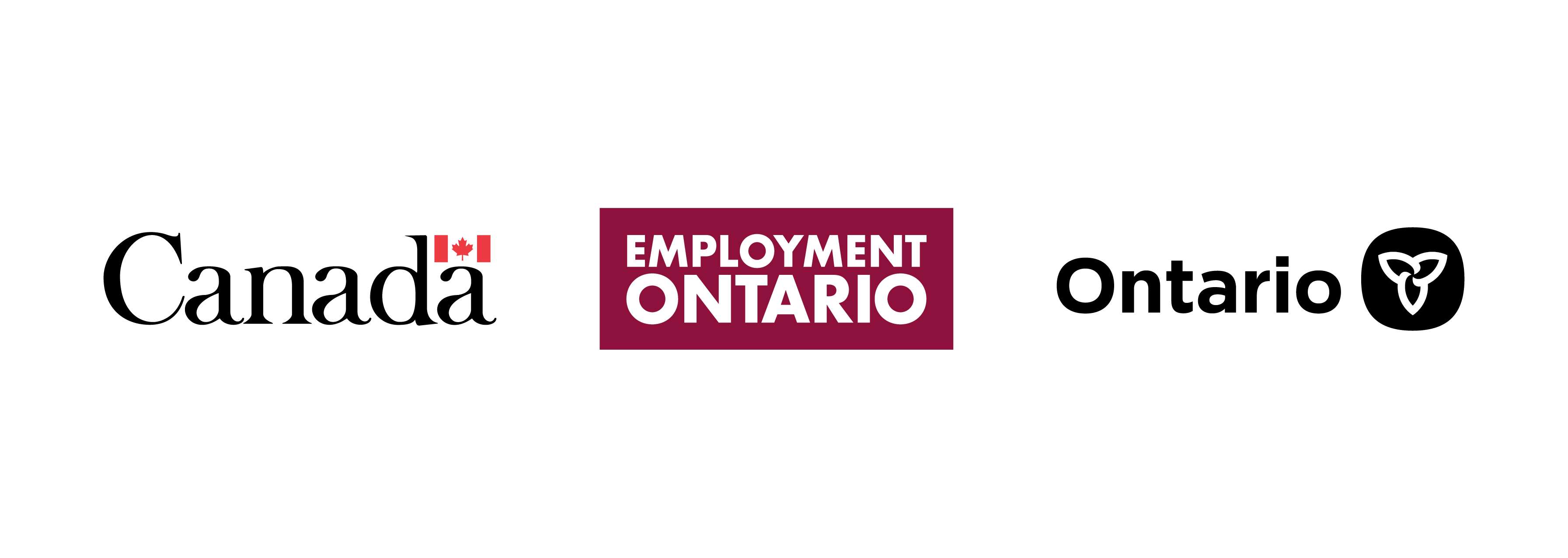



Sheet metal is metal formed into thin and flat pieces. It is one of the fundamental forms used in metalworking and can be cut and bent into different shapes. Thicknesses vary. Extremely thin pieces of sheet metal are foil or leaf, and pieces thicker than a quarter inch or centimetre are considered plate. Sheet metal is used in car bodies, airplane wings, medical tables, roofs and many everyday things.
Sheet metal is generally produced in sheets less than 6 mm thick by reducing the thickness of a long piece of metal by compressing it through a set of rolls. This process is known as rolling and began about 1500 AD.
Sheet metals are available as flat pieces or as strip in coils. It is characterized by its thickness or gauge of the metal. The gauge of sheet metal ranges from 30 gauge to about 8 gauge. The higher the gauge, the thinner the metal — 30 gauge is .010 in. or .25mm thick and 8 gauge is .125 in. or 4mm thick. Many metals can be made into sheet metal, including aluminum, brass, copper, cold rolled steel, mild steel, tin, nickel and titanium.
Sheet metal Processes
Sheet metal can be formed and shaped by a variety of processes. Each process does something different, giving the sheet metal a
different shape or size.
Stretching
Stretching is a process where sheet metal is clamped around its edges and stretched over a die or form block. This process is used mainly to
make aircraft wings and automotive door and window panels.
Drawing
Drawing forms sheet metal into cylindrical or box-shaped parts by using a punch that presses the blank into a die cavity. The drawing process
can also create arbitrary shapes with the help of a soft punch.
Deep drawing
In deep drawing the depth of the part is greater than its diameter. Deep drawing is used to make automotive fuel tanks, kitchen sinks
and two-piece aluminum cans.
Cutting
Cutting sheet metal can be done in various ways from hand tools called tin snips up to large, powered shears. Sheet metal cutting has turned to computers for precise cutting. Most sheet metal cutting operations are now based on CNC (computer numerical control) lasers cutting or multi-tool
CNC punch press.
CNC laser involves moving a lens assembly carrying a beam of laser light over the surface of the metal. Oxygen, nitrogen or air is fed through the
same nozzle as the beam. The laser heats the metal and then burns it, cutting the sheet. The quality of the edge can be mirror smooth and the precision 0.1 mm. Cutting speeds on thin (1.2 mm) sheet can be as high as 25 m a minute.
Punching
In punching the sheet of metal moves between the top and bottom tools of a punch. The top tool (punch) mates with the bottom tool (die), cutting a shape such as a square, circle, or hexagon from the sheet. An area can be cut out by making several hundred small square cuts around the perimeter. A punch is less flexible than a laser for cutting compound shapes but faster for repetitive shapes such as the grille of an air-conditioning unit. A modern CNC (computer numerical control) punch can make 600 blows per minute.
Bending and flanging
Bending and flanging gives stiffness to a sheet metal part, or it can form various shapes, such as three-piece aluminum cans.
Punching and shearing
During one operation, the sheet metal is cut in two ways: by using a punch and die to cut a piece out and by cutting another piece off the sheet.
Spinning
Spinning is used to make axis-symmetric parts by applying a work piece to a rotating mandrel with the help of rollers or rigid tools. Spinning is used to make rocket motor casings, missile nose cones and satellite dishes.
Press forming
This form of bending is used for long and thin sheet metal parts. The machine that bends the metal is called a pressbrake. The lower part of the press contains a
V-shaped groove, which is the die. The upper part of the press has a blade that presses the sheet metal down into the die, causing it to bend.
Roll forming
Roll forming is a continuous bending operation for producing open profiles or welded tubes with long lengths or in large quantities.




Investing Through
Industry Partnerships